In the biological world, asexual reproduction is a relatively common phenomenon, involving various forms such as fission reproduction, budding reproduction, spore reproduction and vegetative reproduction. Although it is relatively rare in animals, there are also some representative species that can reproduce asexually. The following is an inventory of these animals for your reference.
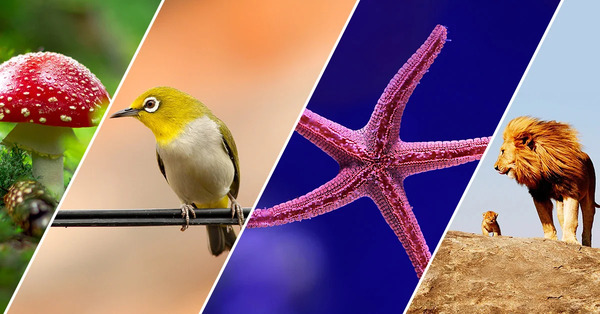
1. Aphids (flexible conversion between sexual reproduction and asexual reproduction)
Which animals can reproduce parthenogenetically? Among them, the most common should be aphids. These herbivorous pests reproduce at an astonishing rate, especially in the summer season. In the fields, the number of soybean aphids can double every week, because each adult can produce 9 offspring every day.
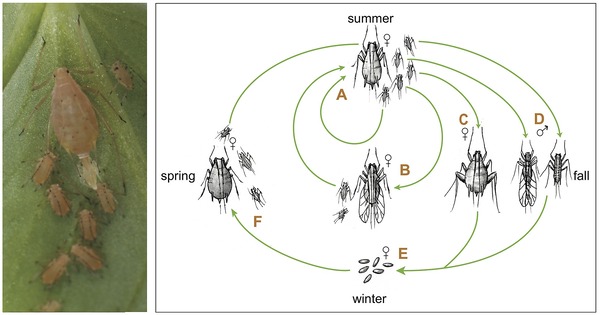
Aphids are well-known organisms that can reproduce asexually. Both large and small species can reproduce in a way called parthenogenesis. In this phenomenon, aphid embryos can even develop from an unfertilized sex cell state. However, sometimes at certain times of the year, especially in autumn in temperate regions, they will replace asexual reproduction with sexual reproduction to maintain the genetic diversity of the population and maintain the natural diversity of their gene pool.
2. Honeybees (Drone bees are asexual)
As one of the representative animals of asexual reproduction, honeybees have a rather complex reproductive method. They have the ability to reproduce sexually and asexually, and can produce offspring no matter which method is used, but not every method can promote the reproduction of the entire bee colony.
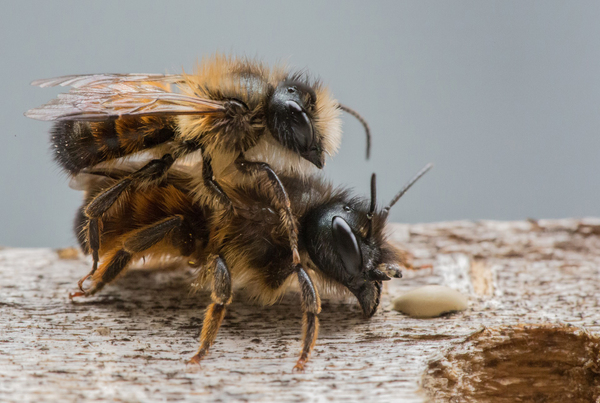
The reproduction process of honeybees involves queen bees, worker bees and drones. Queen bees and worker bees are hatched from fertilized eggs, while drones are developed from unfertilized egg cells and are therefore haploid. In a bee colony, the only mission of a drone is to mate with the queen bee, and they will die soon after mating. In a bee colony, drones are supported by worker bees only when they need to reproduce. When the queen bee has completed mating and laying eggs, the status of the drones in the bee colony will be reduced. Their existence is often directly related to the need for reproduction. Once the mission is completed, their role will end.
3. Turritopsis dohrnii (animals whose lives can be extended indefinitely)
Turritopsis dohrnii is one of the fascinating representatives of asexual reproduction animals, and its unique characteristics are amazing. As the only known organism that can achieve indefinite extension, the Turritopsis dohrnii has incredible vitality. Generally, animals will gradually age after reproduction, but when the Turritopsis dohrnii develops to the stage of sexual maturity, its first task is to reproduce through fission reproduction. Subsequently, the mother body is completely reshaped and returns to the immature stage of the polyp larvae, and this process can be repeated indefinitely.
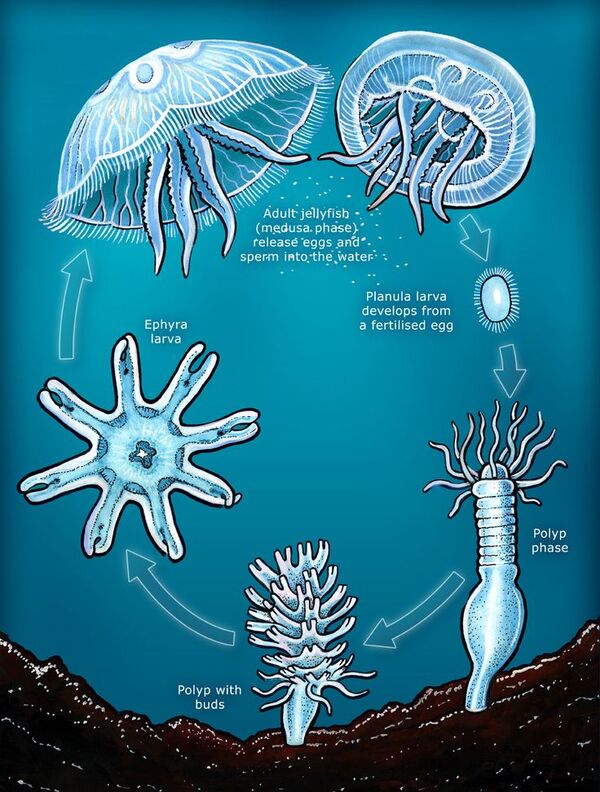
This infinite ability to rejuvenate makes the Turritopsis a miracle in the biological world, a phenomenon that challenges our understanding of life and lifespan. For scientists, this anti-aging property has inspired their passion to explore how to extend human lifespan. Scientists are working hard to study how this creature prevents and inhibits aging, hoping to apply this understanding to delay the aging process in humans and open up new possibilities for finding ways to extend lifespan.
4. Salamanders (occasionally stealing male chromosomes)
Among asexual animals, salamanders exhibit a unique way of reproduction and are considered to be the earliest vertebrates known to reproduce parthenogenetically. Scientists have long discovered that the sperm of other species of salamanders only stimulates female egg laying during mating and does not have any effect on the genetic information of offspring. Newborn salamanders reproduce parthenogenetically, so that the entire offspring is still composed of only female individuals.
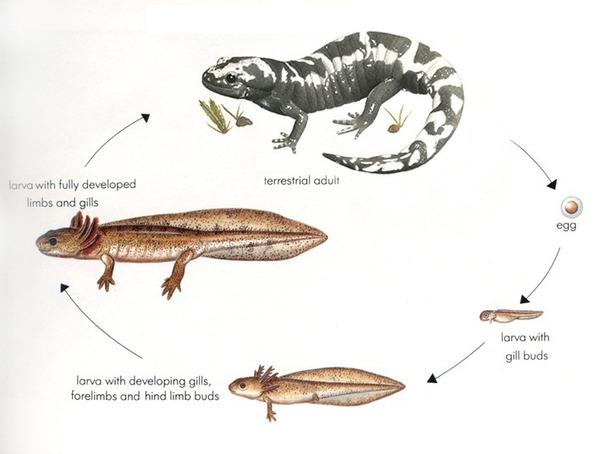
However, as the research deepened, scientists unexpectedly discovered that although in most cases they would only replicate themselves like other all-female animals, in extremely rare cases, they would actually obtain chromosomes from male salamanders of the same species. This phenomenon is shocking, especially because salamanders do not always retain the genes of other amphistomes in their own bloodlines, and usually only discard these genes after a few generations.
5. Komodo dragon (flexible conversion between sexual reproduction and asexual reproduction)
Some animals have the ability to reproduce both asexually and sexually, and the Komodo dragon is one of the most eye-catching examples. This species is considered to be the largest lizard alive today, with huge and sharp teeth in its mouth, showing majestic features. Generally, male Komodo dragons will engage in fierce aggressive fights during the mating season, and some male individuals will even accompany females for several days after mating to ensure that she does not mate with other males. It is worth mentioning that in the absence of males or other special circumstances, this species can also reproduce through asexual reproduction.

In May 2006, a striking event occurred at the Chester County Zoo in the UK. A female Komodo dragon named Flora, who was raised alone, showed the characteristics of parthenogenesis. This ability to reproduce without relying on mating provides an unexpected reproduction mechanism for the Komodo dragon, which is listed as a "vulnerable" species, and helps promote effective conservation strategies for the species.
6. Sharks (Flexible conversion between sexual and asexual reproduction)
As a highly evolved fish in the ocean, sharks show unique living habits and body structure, especially their unique reproductive mechanism. It can be said that sharks are unique in the animal kingdom and have the most adaptable reproductive method to environmental changes.
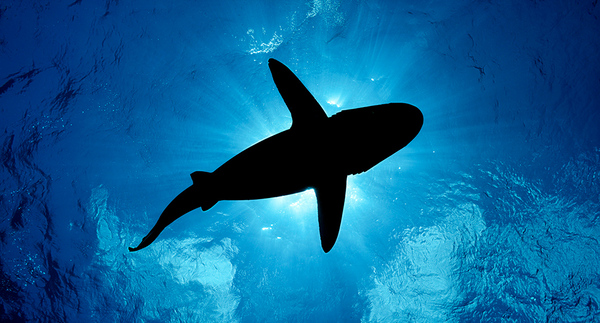
Normally, sharks reproduce sexually, showing their highly evolved state. However, in special circumstances, such as when there is only one female shark, this female shark has the ability to reproduce parthenogenetically and can reproduce independently. This unique reproductive method provides sharks with a certain degree of survival advantage when facing special environmental challenges.
In addition, sharks can not only reproduce sexually and parthenogenetically, but also reproduce by oviparity and viviparity.
7. Whiptail Lizard (No Males)
Whiptail lizards are found throughout the desert grasslands of the southwestern United States, Mexico, and South America, with a total of about 50 known species. They have elongated bodies, especially the tail, which is sometimes even longer than the body itself. These lizards have vertical stripes that extend from the head to the tail, adding a unique appearance.
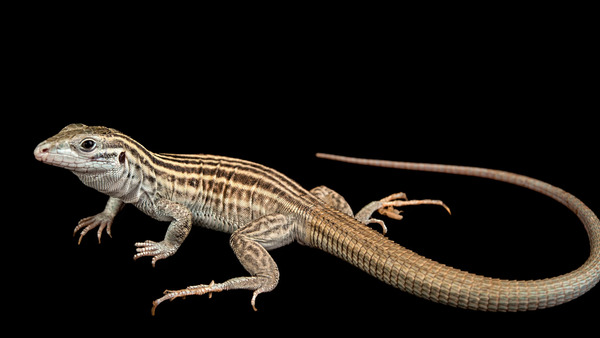
There is a huge internal variation between whiptail lizard species, and even the same individual may have different body colors and stripes at different stages of growth. Among them, the most striking is their ability to reproduce asexually and still pass on DNA mutations from generation to generation. This unique reproductive mode gives them the ability to continuously change and pass on characteristics.
Because whiptail lizards are mainly composed of females, the species is jokingly called the "daughter kingdom" in the animal kingdom.
8. Marbled Crayfish (Self-Replication)
Around 1995, two small crayfish were introduced from Florida to a German aquarium and accidentally mated to create the marbled crayfish, a special species that is an all-female triploid. The marbled crayfish belongs to the order Decapoda, the only species that can reproduce asexually. They are derived from the cloning process of unfertilized eggs, resulting in a population composed only of female individuals.
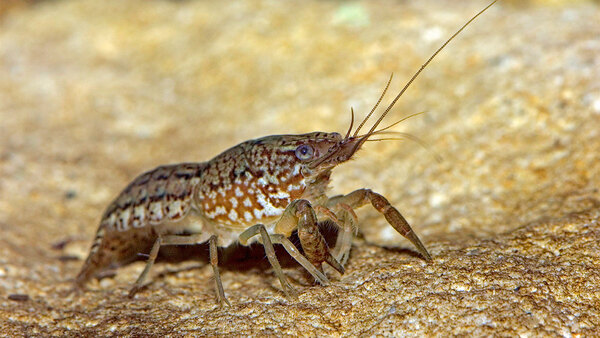
These creatures have shown strong survival abilities and can feed on almost everything, including but not limited to algae, leaves, fish eggs, snails, small fish and rice. They are adapted to various water environments, such as ponds, streams, lakes, rice fields and shallows. The marbled crayfish reproduces itself rapidly through parthenogenesis, causing them to quickly flood the Eurasian continent.
9. Turkey (Flexible conversion between sexual and asexual reproduction)
In nature, the sex of birds, amphibians and fish is mainly determined by the sex chromosomes carried by the eggs. In certain specific cases, these species can reproduce parthenogenetically, but the hatching rate and survival rate of the offspring are usually low.

However, turkeys have shown a relatively strong ability in parthenogenesis. In those cases where males are lacking, the unfertilized eggs produced by female birds also have a certain hatching potential. Not only that, the offspring hatched from these unfertilized eggs are usually weak, and almost all of them are male turkeys.
10. Amacon molly (280,000 years of asexual reproduction)
The Amacon molly is a freshwater fish native to Mexico and Texas, and all of these fish are female. Although asexual reproduction in general can lead to gene loss and put species at risk of extinction, the Amacon molly is an exception. A recent study in 2018 examined the genome of the Amacon molly and compared it with two similar species and found that these fish not only survived, but have survived continuously for more than 280,000 years.
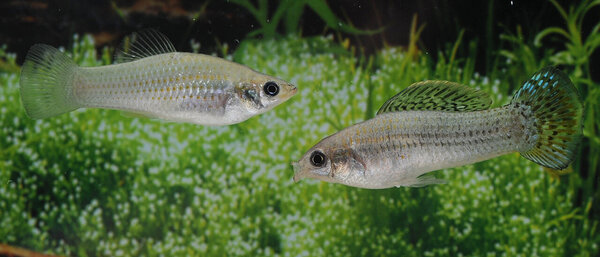
The researchers concluded that although the Amacon molly is exclusively female, their genomes show a high degree of diversity and show no signs of widespread genomic decay.
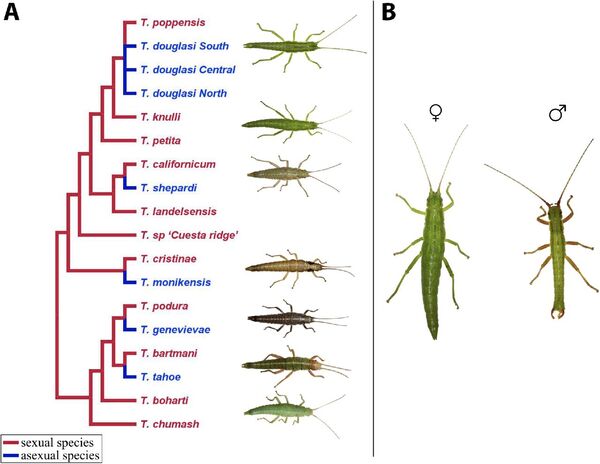
Other animals that can reproduce asexually:
Hoodhead shark, California condor, stick insect, Bramini blind snake, water bear, American crocodile, Amazon killifish, paramecium, hydra, water flea, anaconda, wasp, spotted shark, ant, silkworm, leaf moth, stick insect, whitefly, scale, thrips, etc. ……
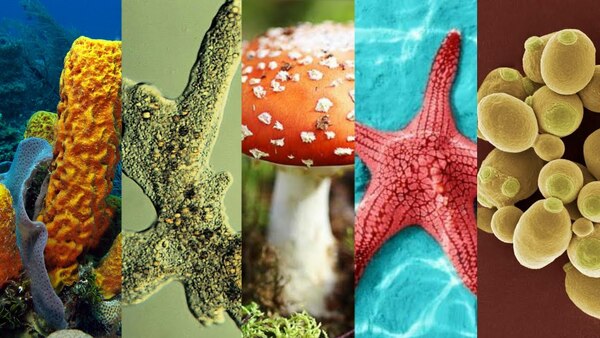
In the list of animals that can reproduce asexually, we mainly based on the reproduction method and popularity of the animals, combined with relevant rankings and lists on the Internet, to compile the following list. Please note that this list is for entertainment reference only, and any corrections are welcome in the comments!
animal tags:
We created this article in conjunction with AI technology, then made sure it was fact-checked and edited by a Animals Top editor.